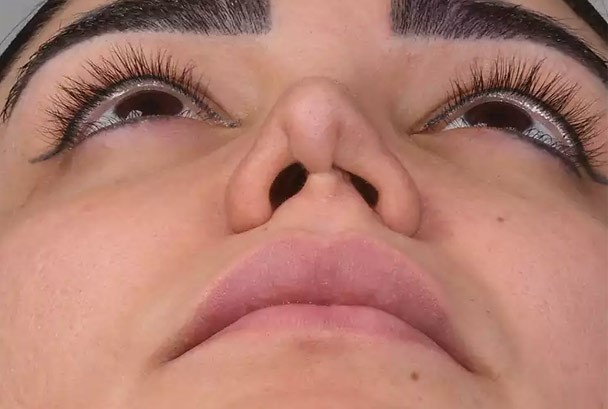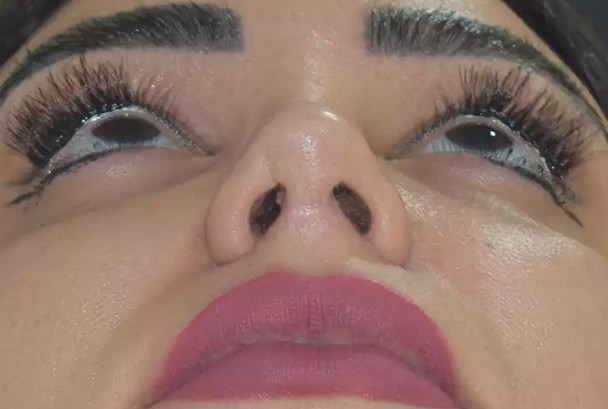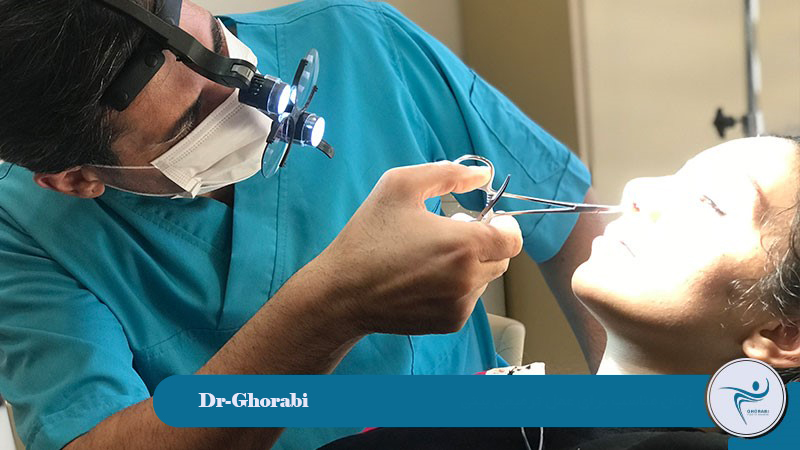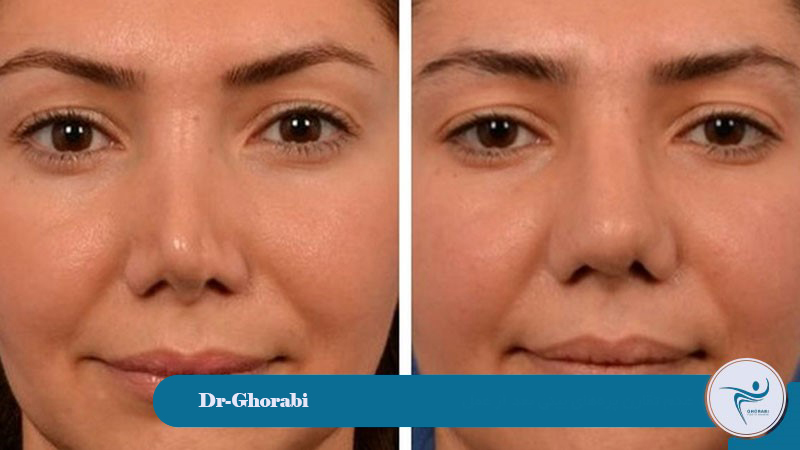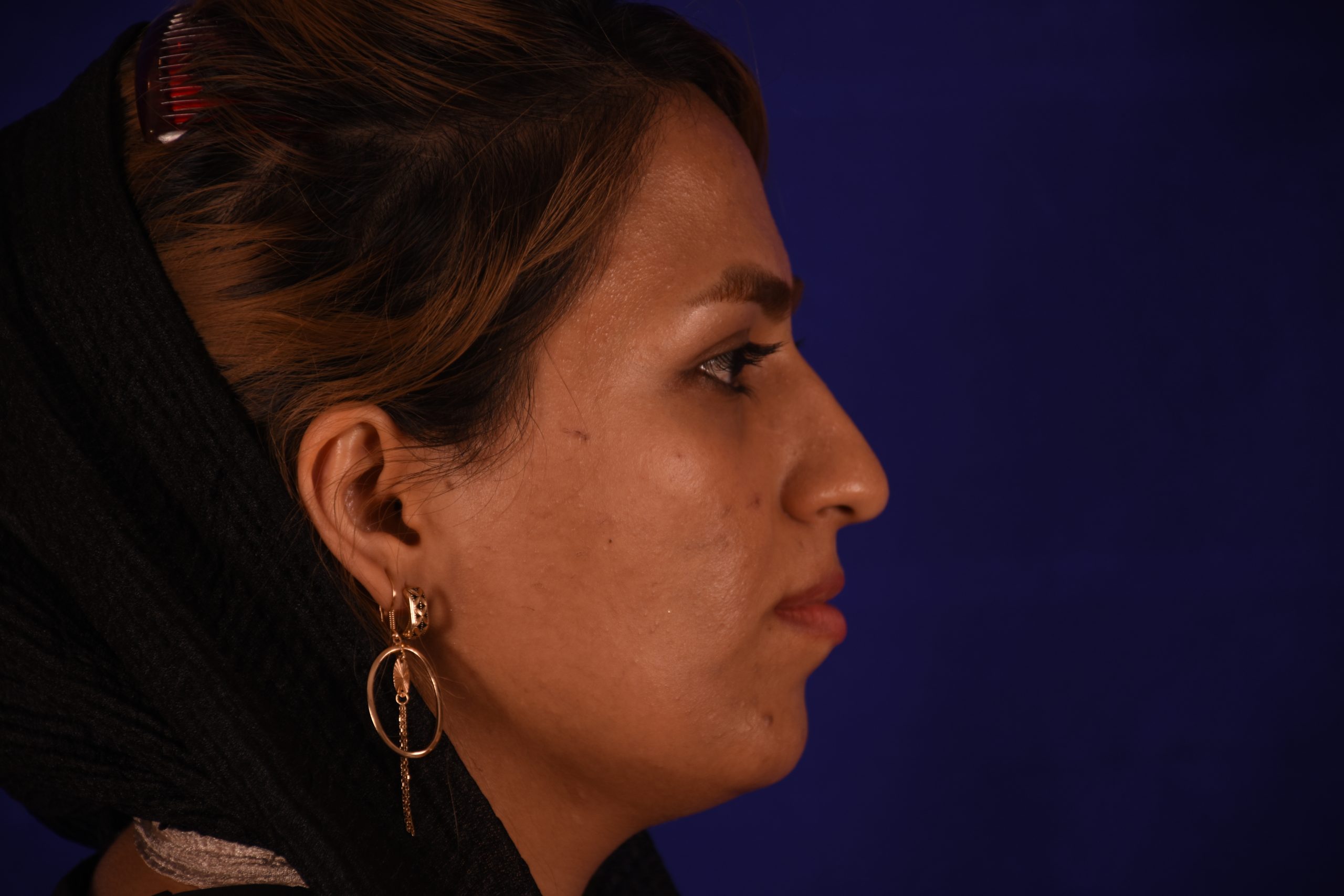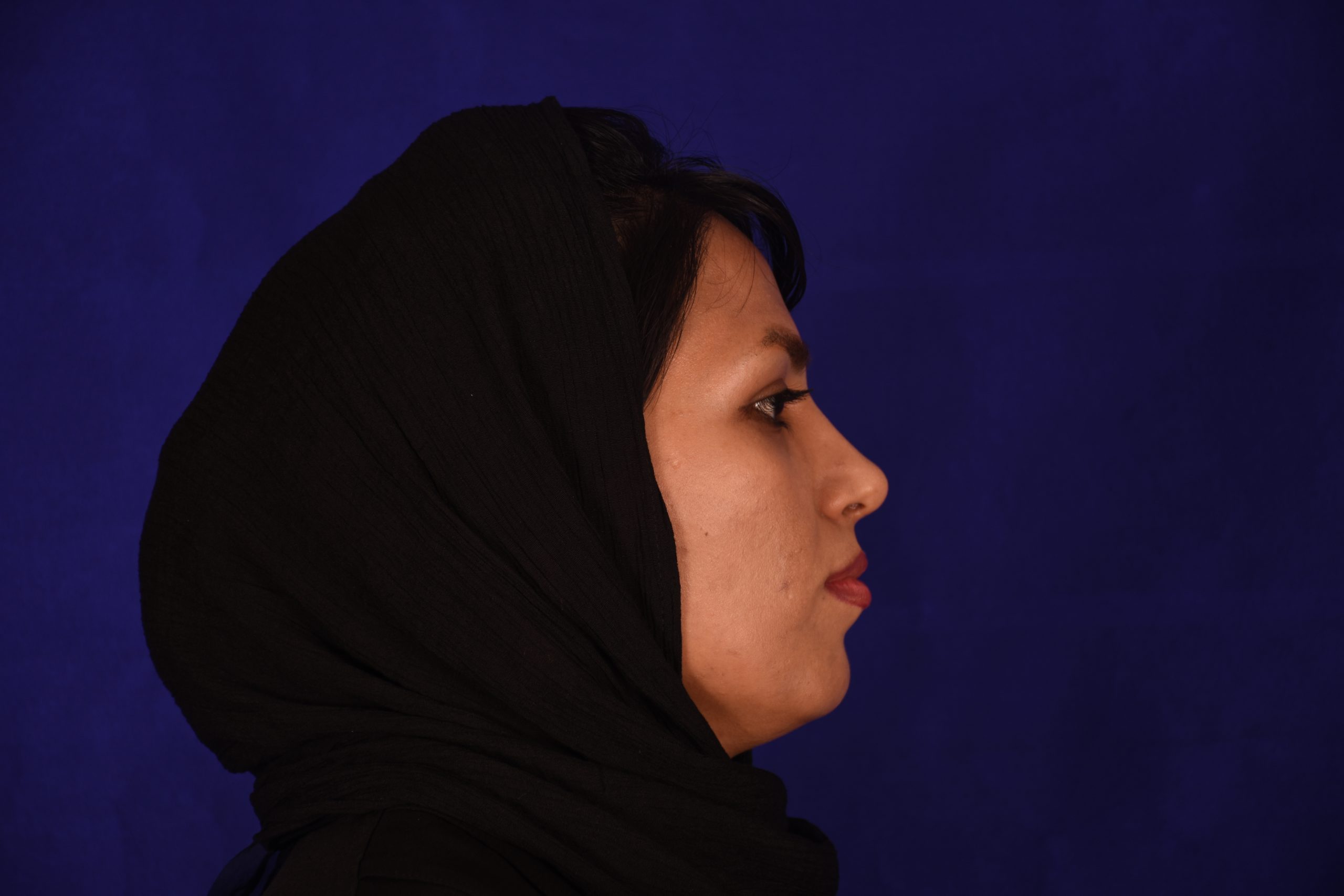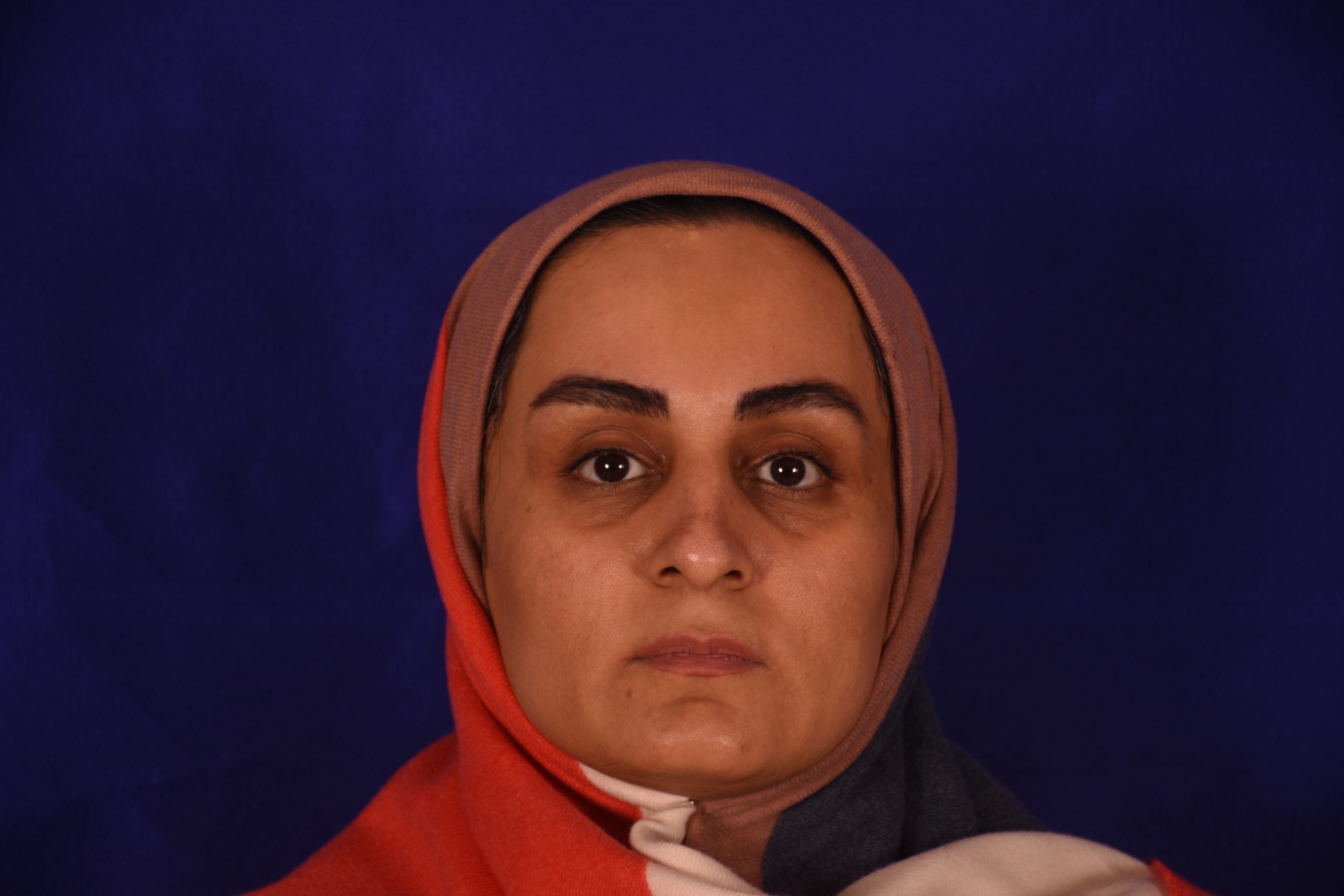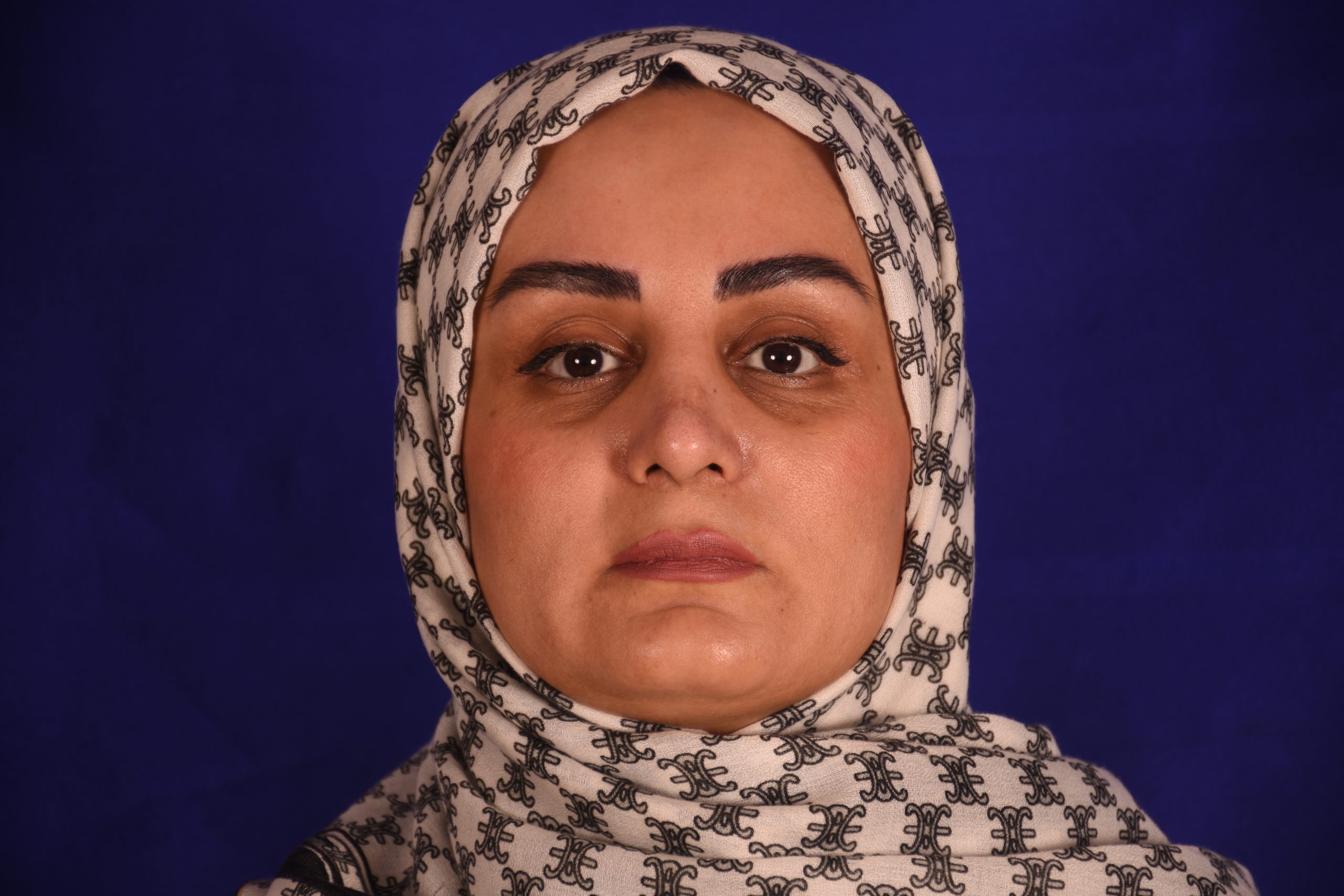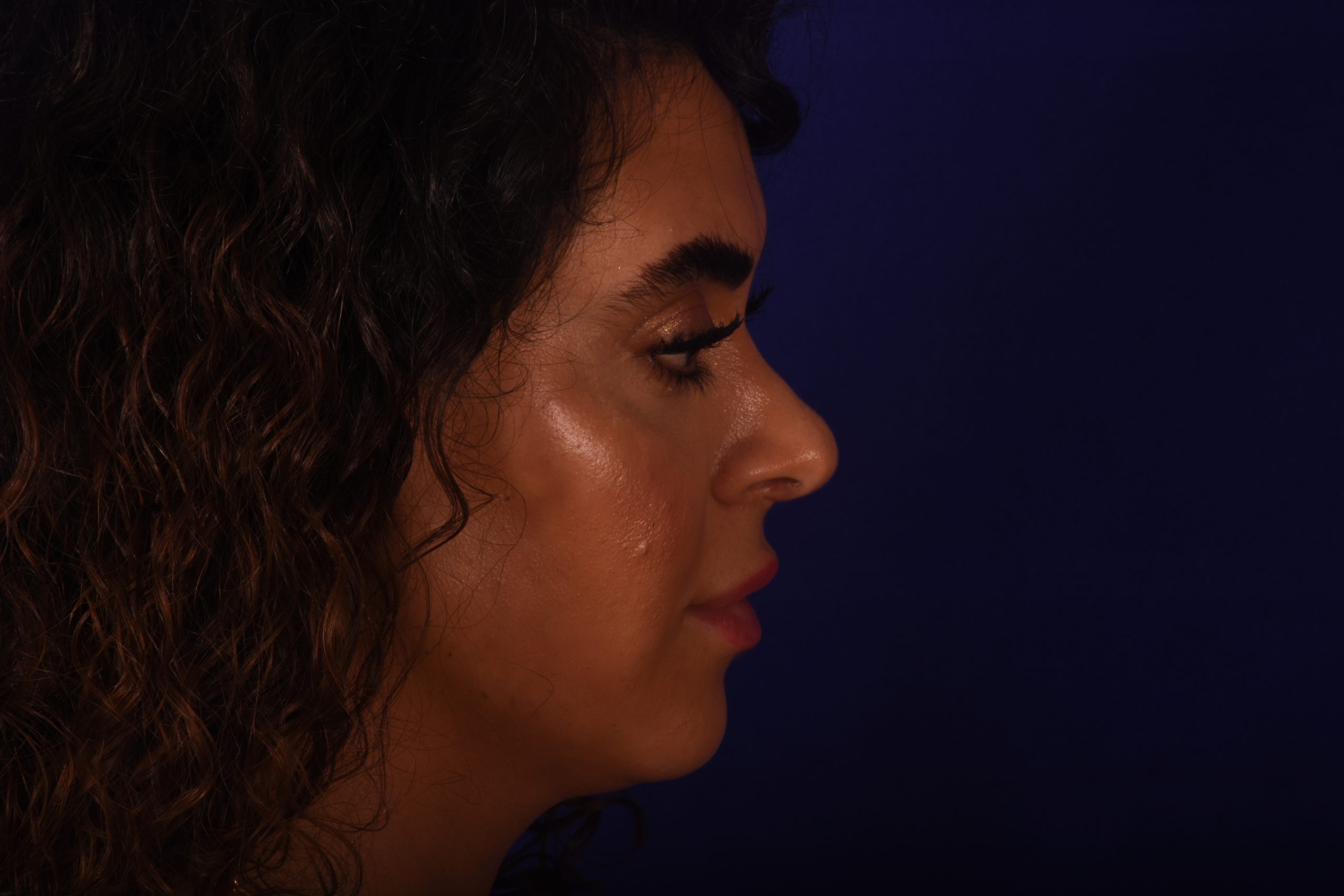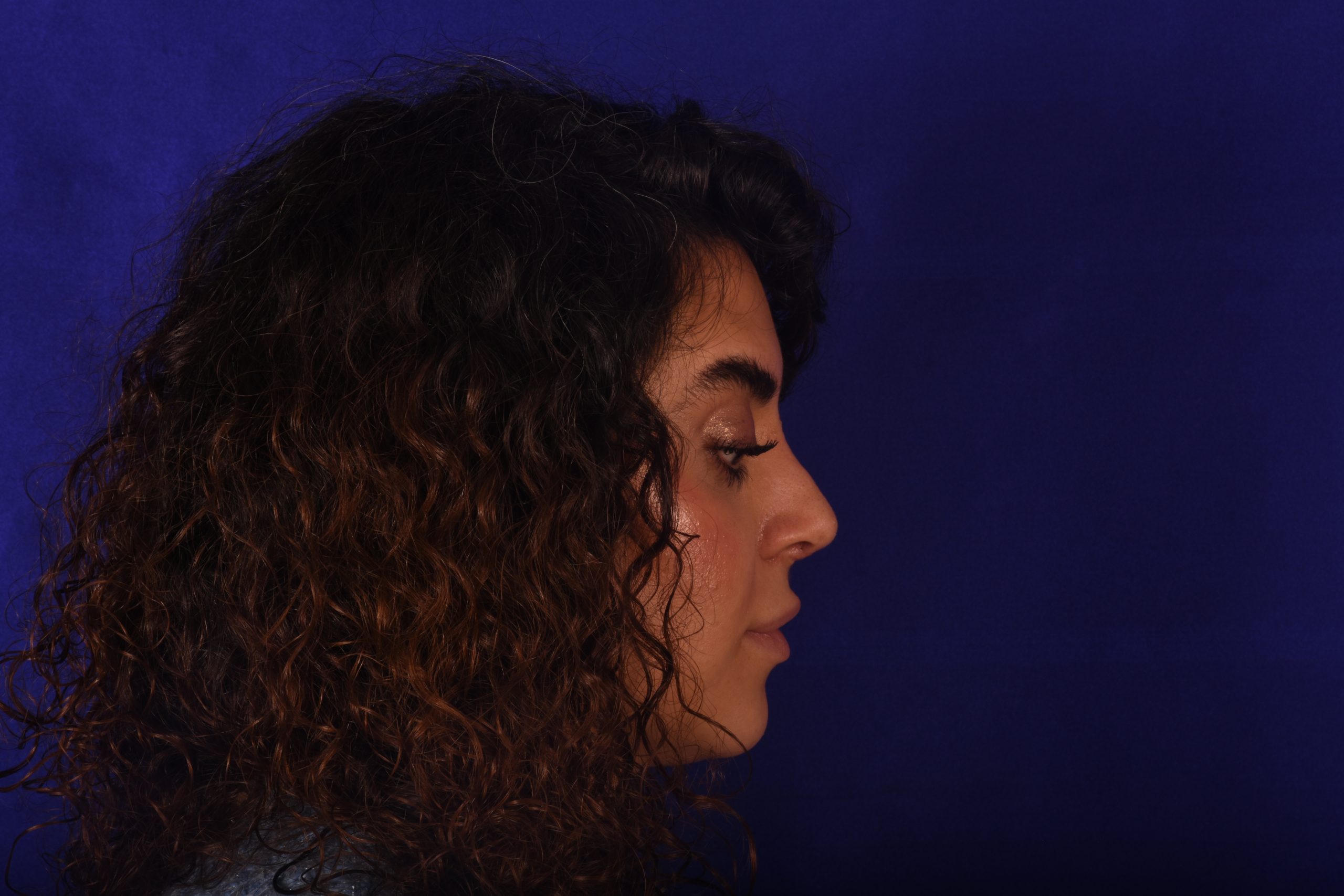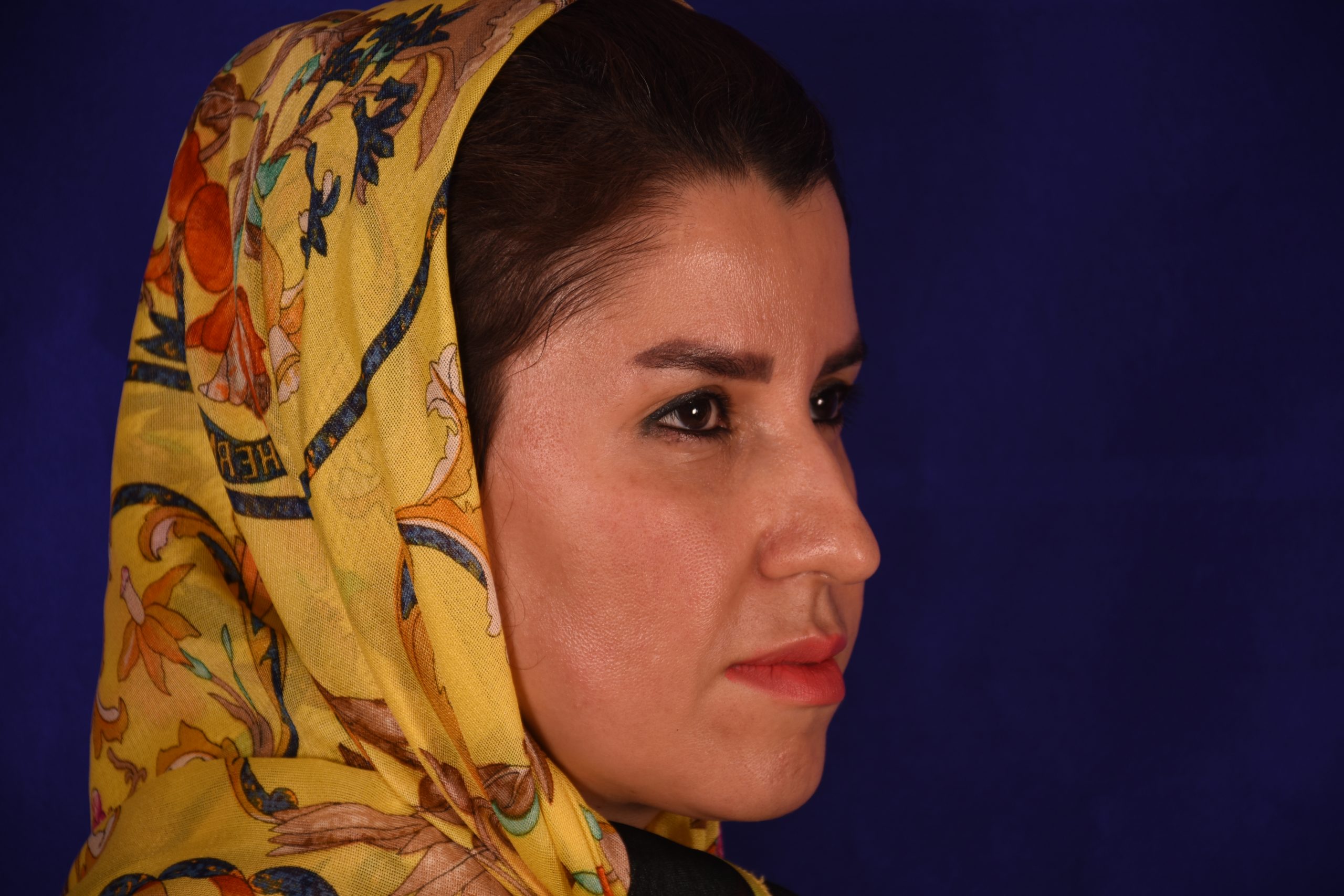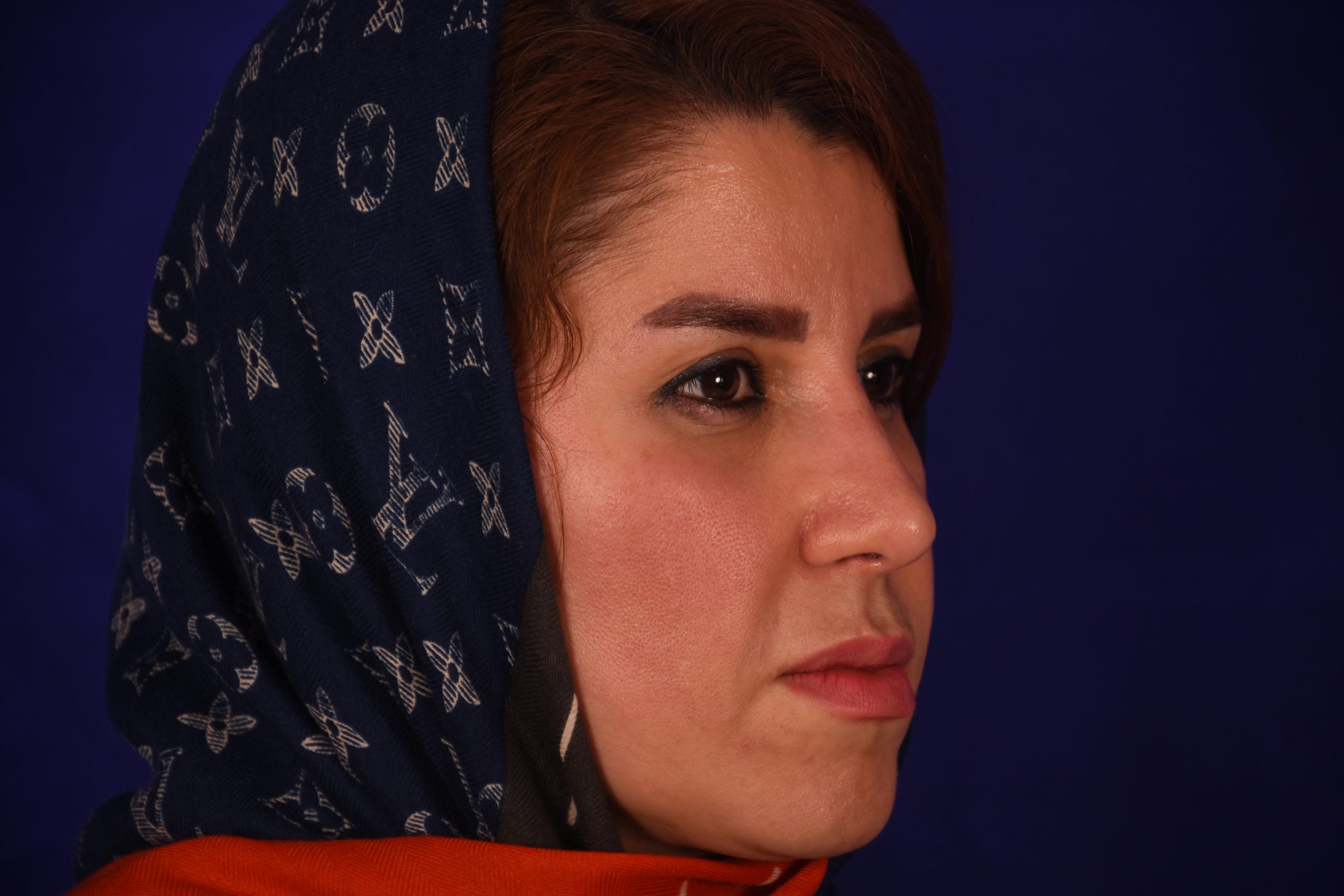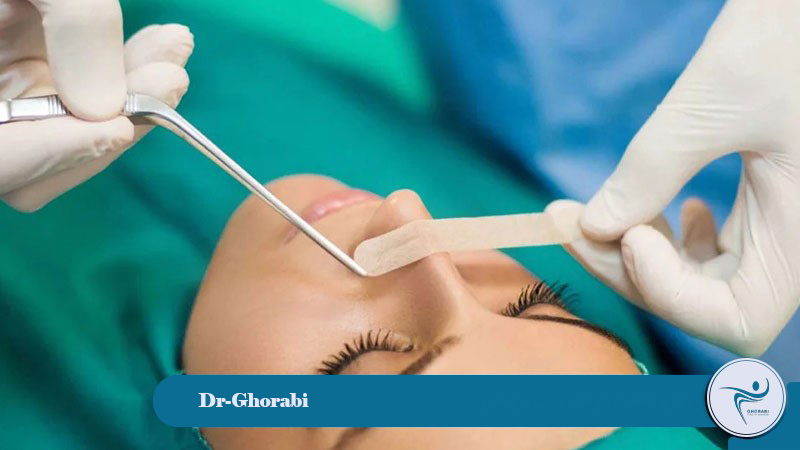Revision rhinoplasty, or a secondary rhinoplasty, is performed when the results of the initial surgery are unsatisfactory for various reasons, or when problems arise in the shape or function of the nose. If these defects are minor, they can usually be corrected using local anesthesia in an office setting.
However, in cases where the defects are more severe, a second surgery under more specialized conditions is necessary. Since this type of surgery is highly complex, choosing an experienced surgeon with sufficient skill in performing difficult nasal surgeries plays a crucial role in the success of the surgery.
The Right Time for Revision Rhinoplasty
If your question is, “How long after a nose job can I get a revision?”, the final result of the nose surgery Rhinoplasty usually becomes completely apparent after one year. Therefore, we recommend that revision surgery be performed after this period. Although this long wait may seem excessive for patients unhappy with the appearance of their nose, it must be considered that accurate assessment of the nose’s shape is impossible until the swelling subsides completely, and even after the swelling reduces, new defects may become apparent. Therefore, rushing into revision surgery may be the wrong decision.
Early intervention to correct the nose may not only disrupt the healing process but also lead to unpleasant complications. Since revision surgery is more sensitive and complex than the initial surgery, observing certain points, including abstaining from smoking and tobacco before the surgery, is essential. Also, before surgery, thorough examinations, such as taking medical photographs and, if necessary, performing a CT scan or endoscopy to assess respiratory problems or other structural disorders, are of particular importance.
Reasons for Revision Rhinoplasty
Choosing an experienced and skilled surgeon in initial rhinoplasty plays a decisive role in the success of the surgery and has a significant impact on the final result. In some cases, due to the inexperience of the plastic surgeon or the patient’s failure to follow post-operative recommendations, problems arise that force the individual to undergo revision surgery. Some of the most common problems resulting from unsuccessful surgery include:
How to perform revision rhinoplasty
Revision rhinoplasty may be performed using open or closed techniques and usually takes between one and a half to two hours. After the surgery, the patient can return home. In this surgery, the surgeon corrects cosmetic defects and breathing problems that were not addressed in previous surgeries. If the initial surgeon lacked sufficient skill, the nose may suffer from drooping or problems such as bumps, deviations, or shortness, which are corrected in revision surgery.
Rhinoplasty techniques
Depending on the severity of breathing problems, patient dissatisfaction, and the surgeon’s opinion, various techniques are used to correct the nasal condition. Open and closed rhinoplasty are types of techniques that the surgeon uses to correct the shape of the nose.
Pre-operative procedures for revision rhinoplasty
If you intend to consult another surgeon for revision rhinoplasty, it is best to provide the new surgeon with all information related to the previous surgery, including before-and-after photos, so that they can make an informed decision. In some cases, revision rhinoplasty requires anesthesia, in which case the necessary pre-anesthesia tests must be performed.
Post-operative care for revision rhinoplasty
In addition to pre-operative care for rhinoplasty, it is necessary to pay attention to post-operative care to have a shorter recovery period. Post-operative care for revision rhinoplasty is as follows:
- Take the medications prescribed by your doctor completely and regularly.
- Attend your post-operative revision rhinoplasty check-up appointments regularly to prevent problems.
- Be careful not to get your nasal cast wet after revision rhinoplasty.
- Avoid going to crowded places where there is a risk of impact to the nose.
- To reduce swelling after revision rhinoplasty, use cold compresses during the first 48 hours after surgery.
- Refrain from strenuous activities and exercise for a while.
- Maintain a proper diet after revision rhinoplasty, as proper nutrition has a significant impact on the recovery process.
Following these guidelines will help you avoid complications from revision rhinoplasty and achieve your desired nose shape. In the first few days after surgery, it’s best to eat pureed and liquid foods.
Dr. Gharabi's Portfolio
Recovery period of revision rhinoplasty
Post-operative care for a rhinoplasty revision is similar to the initial surgery, and all care instructions must be carefully followed. Attention to detail in this aftercare will help ensure a faster and complication-free recovery. The recovery period after a rhinoplasty revision usually lasts between 5 and 7 days, but this time may vary depending on the individual’s physical condition and their body’s response to the surgery.
Side effects of nose job surgery
Infection, breathing problems, bleeding, scarring, and excess tissue are among the most important complications of rhinoplasty revision surgery. Details regarding these complications are as follows:
- Infection: In revision rhinoplasty, there is a possibility of infection at the wound site. If an infection occurs, it may require treatment with antibiotics or even revision surgery.
- Asymmetry: The final result of revision rhinoplasty may not be perfectly symmetrical or meet the patient’s expectations. In this case, further surgery may be needed to achieve the desired results.
- Breathing problems: After revision rhinoplasty, breathing problems such as obstruction or reduced airflow through the nose may sometimes occur due to changes in the internal structure of the nose.
- Reduced sense of smell: Due to damage to the olfactory nerves or changes in the nasal structure, the sense of smell may be temporarily reduced or lost.
- Bleeding: Bleeding after surgery, especially in revision surgeries where nasal tissues and cartilages are re-manipulated, may occur.
- Scarring or excess tissue: Sometimes, scar tissue may form abnormally, which may negatively affect the appearance or function of the nose.
Choosing a Skilled Surgeon Guarantees the Health and Beauty of Your Nose
Revision rhinoplasty is one of the complex surgeries that requires a high level of skill and experience from the surgeon. If the initial surgery has caused problems such as difficulty breathing, asymmetry, or unnatural changes in the appearance of the nose, revision surgery is performed to correct these problems. Choosing an experienced and skilled surgeon can make a significant difference in the final result and your health. An expert surgeon can use appropriate techniques to not only correct cosmetic defects but also eliminate respiratory and structural problems of the nose; therefore, to maintain health and correct nasal problems, be sure to consult an experienced surgeon and receive the necessary consultation before proceeding.
Dr. Gholamhossein Ghorabi subspecialist in plastic, cosmetic, and reconstructive surgery. Before the operation, with a careful examination of the nose, performing tests, and specialized consultations, he provides a precise plan to correct your nasal problems so that you achieve a natural result, consistent with the features of your face.
About DR. Ghorabi
Get to know/Meet Dr. Ghorabi.
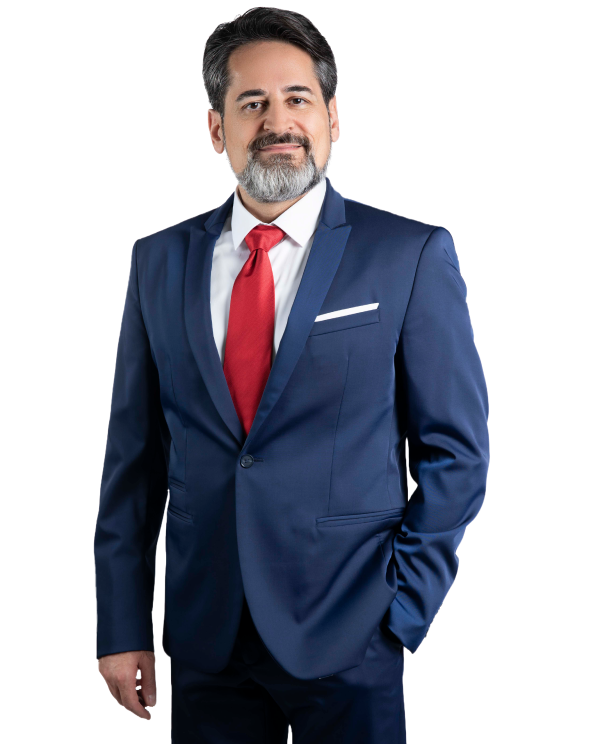
About DR. Ghorabi
Get to know/Meet Dr. Ghorabi.
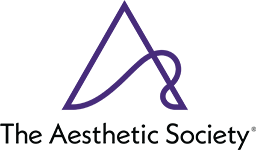
Fellow of the American Academy of Facial Plastic and Reconstructive Surgery (AAFPRS) or a similar organization such as the American Society of Plastic Surgeons (ASPS).

Official member of the International Society of Plastic and Aesthetic Surgeons
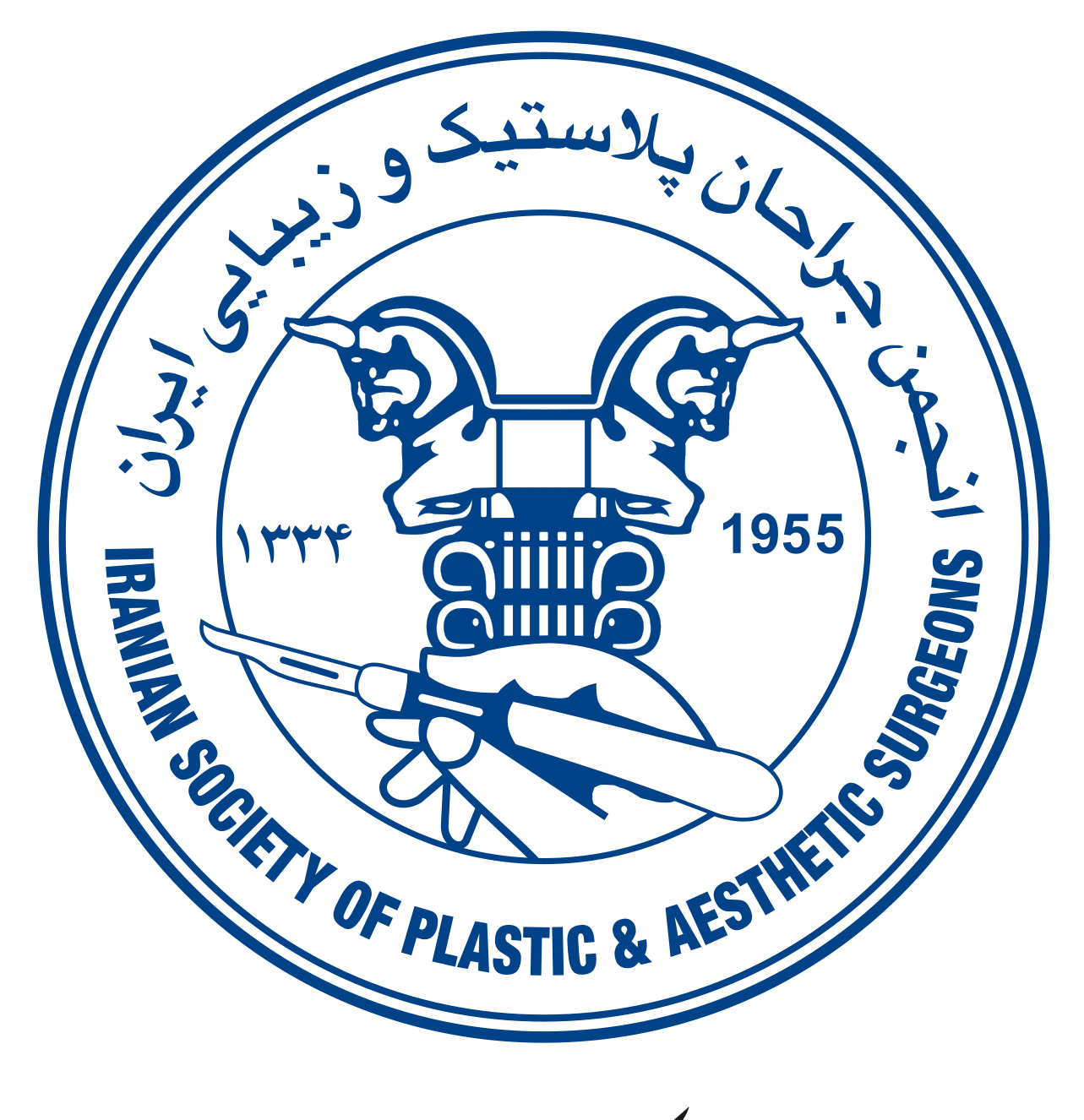
Official member of the Iranian Association of Plastic and Reconstructive Surgeons
FAQs
When should a rhinoplasty revision be performed?
Usually, a rhinoplasty revision should be performed one year after the initial surgery.
What is the reason for needing revision rhinoplasty?
Problems such as breathing disorders, drooping of the nasal tip, or unnatural changes in the appearance of the nose are among the main reasons for needing revision rhinoplasty.
Is revision rhinoplasty painful?
Revision rhinoplasty is performed under general anesthesia, and pain is usually managed during the recovery period.
What is the recovery time after revision rhinoplasty?
The recovery time after revision rhinoplasty is 5 to 7 days.
Does revision rhinoplasty have complications?
Yes, complications such as infection, bleeding, breathing problems, or scarring may occur.
Can I exercise after revision rhinoplasty?
It is best to avoid strenuous exercise until your doctor allows it.
Does revision rhinoplasty require anesthesia?
Yes, most revision rhinoplasties require general anesthesia.
Can revision rhinoplasty fix breathing problems?
Yes, in most cases, revision surgery will correct breathing problems resulting from the initial surgery.
